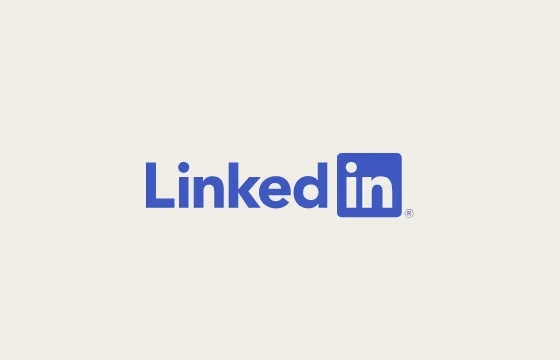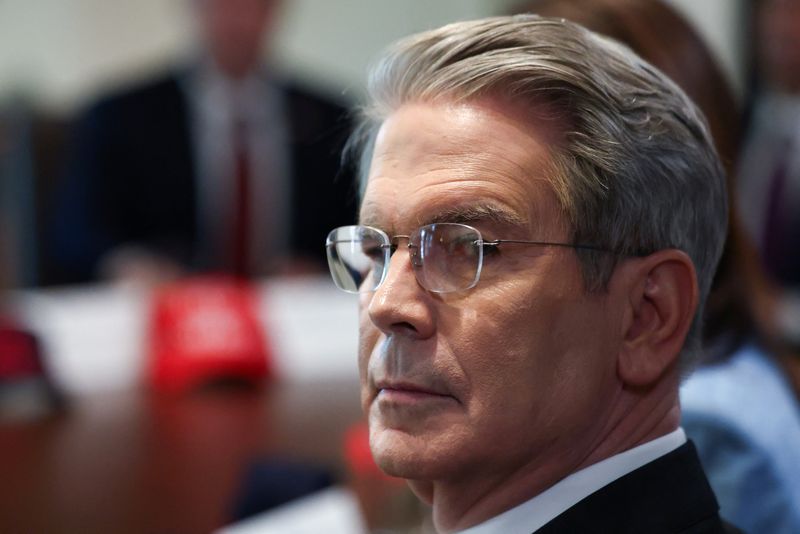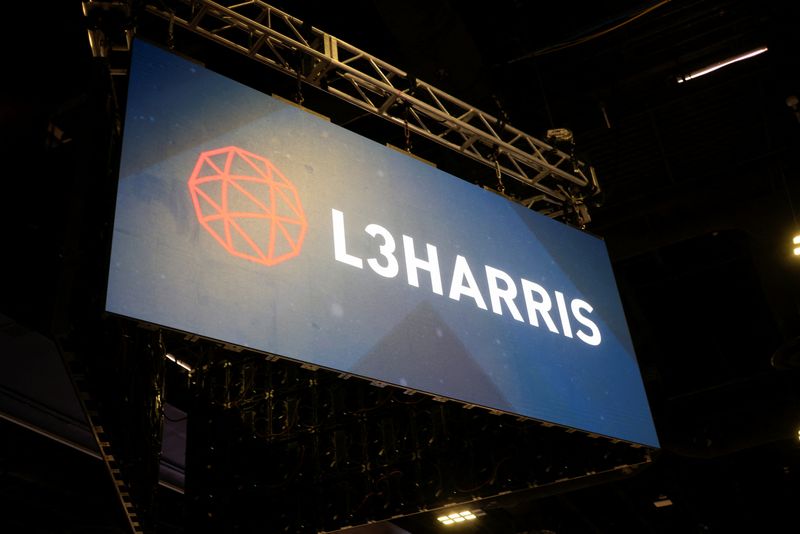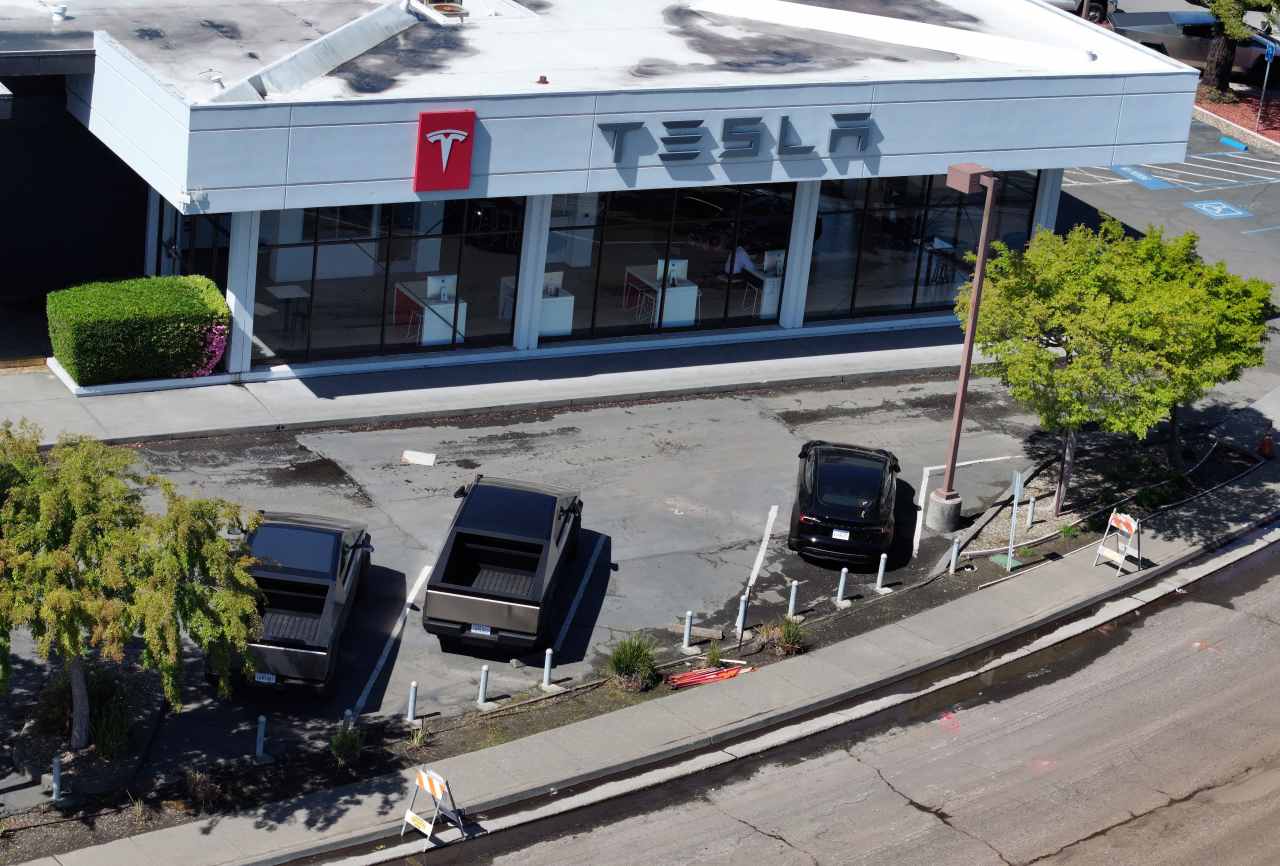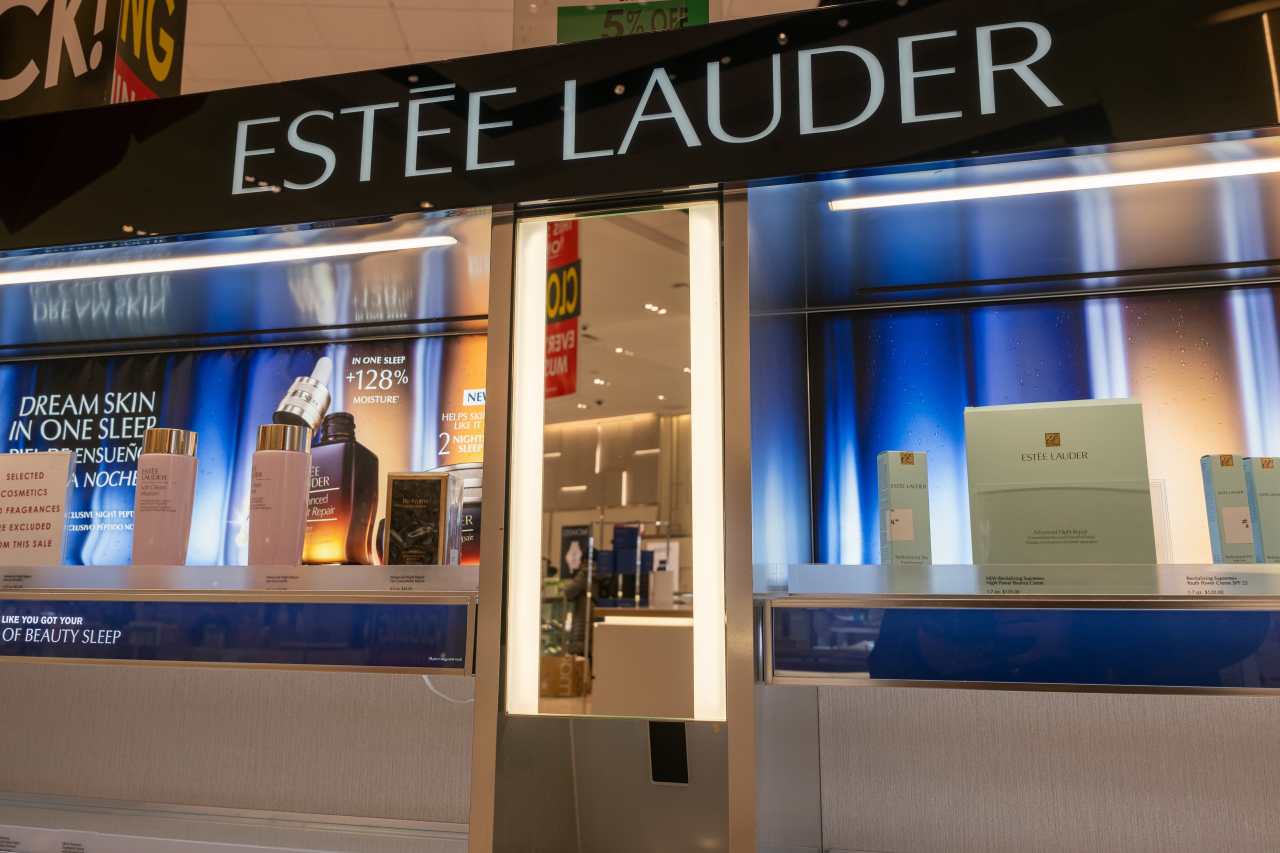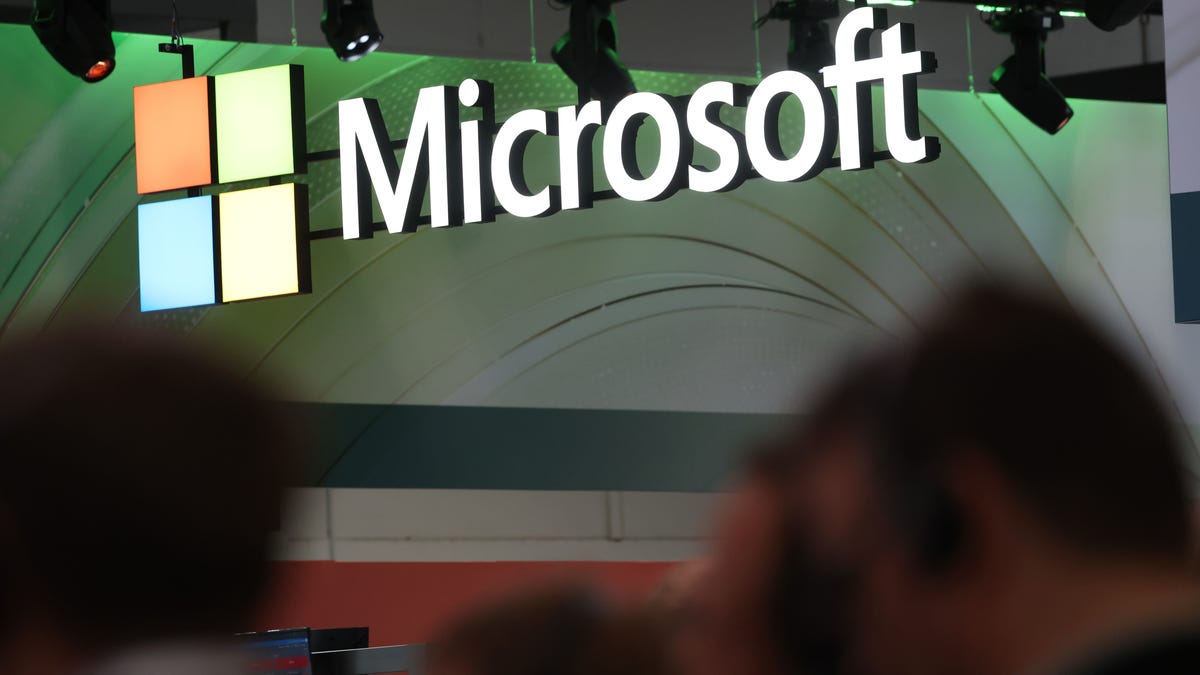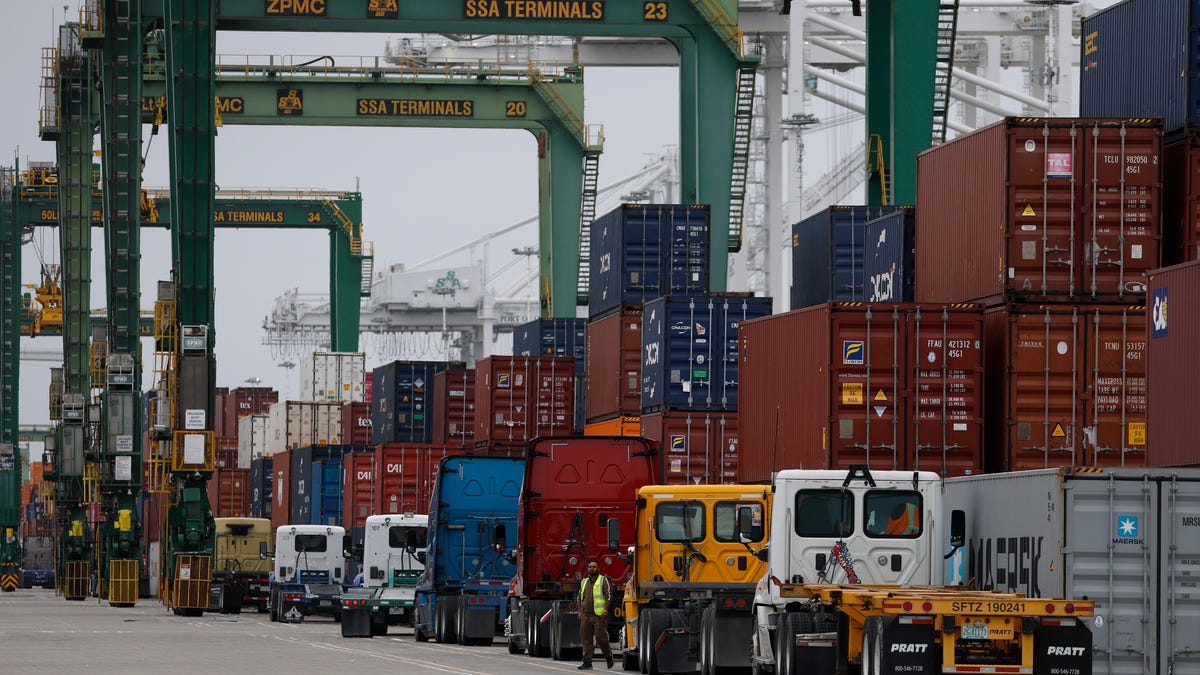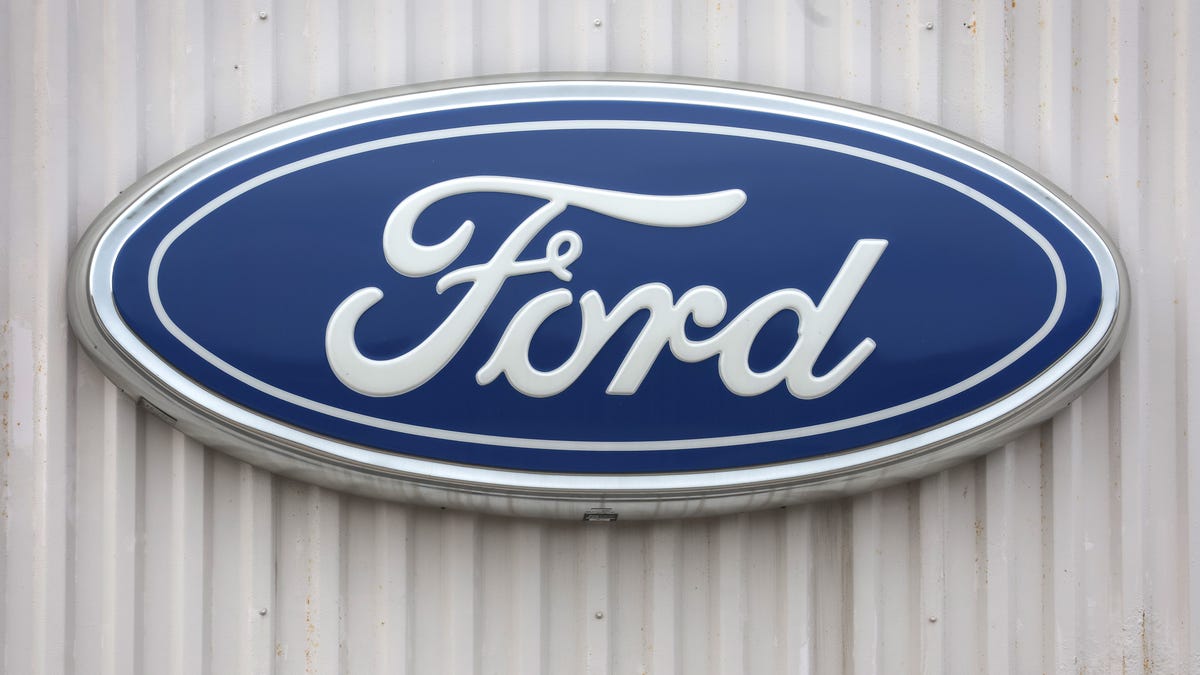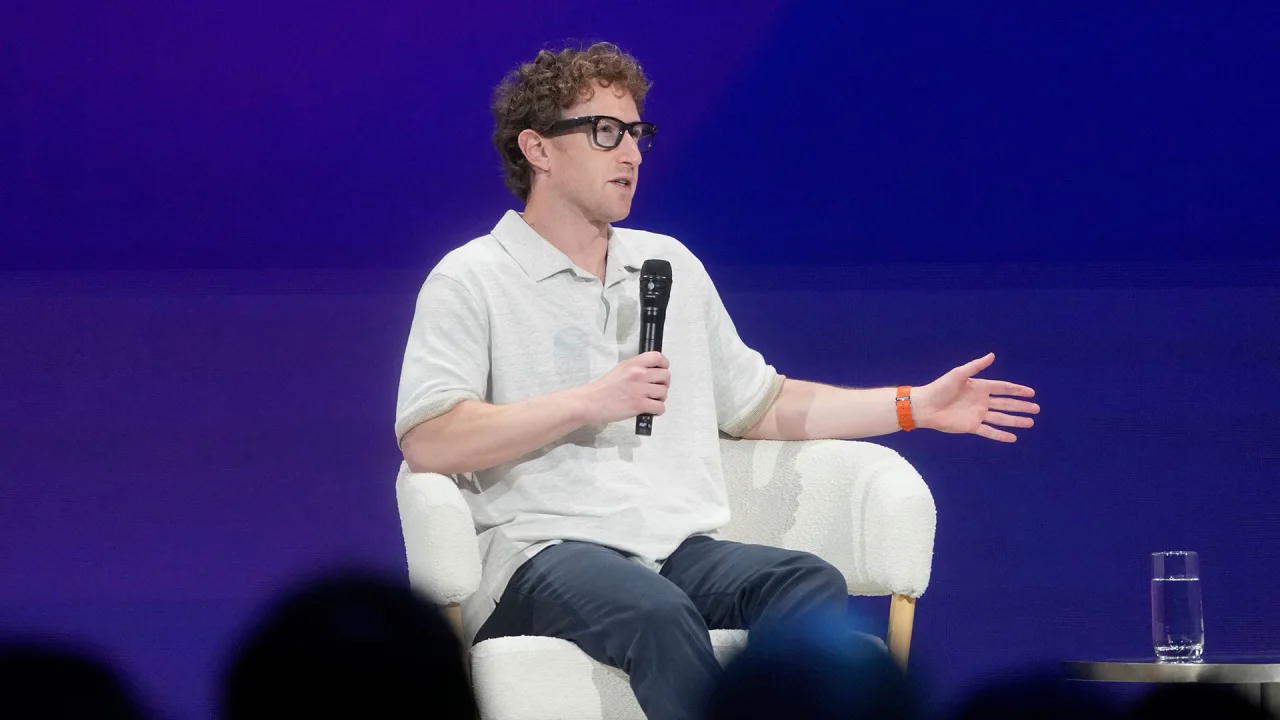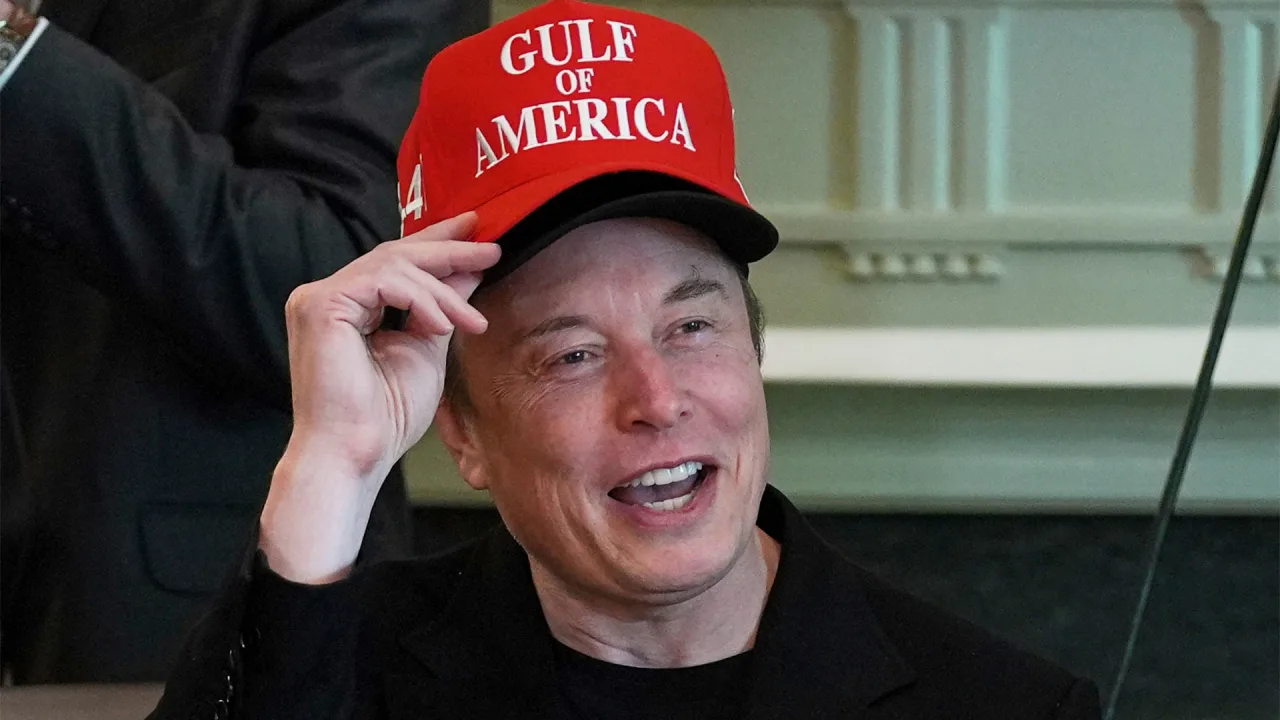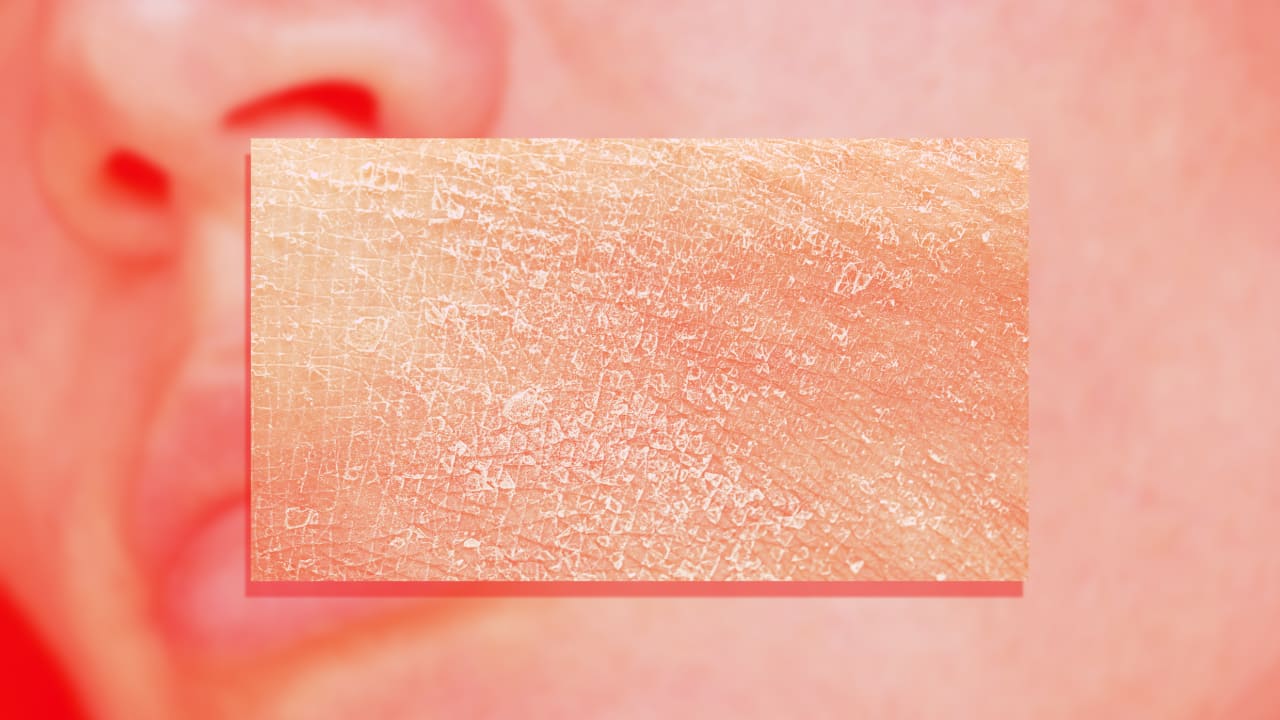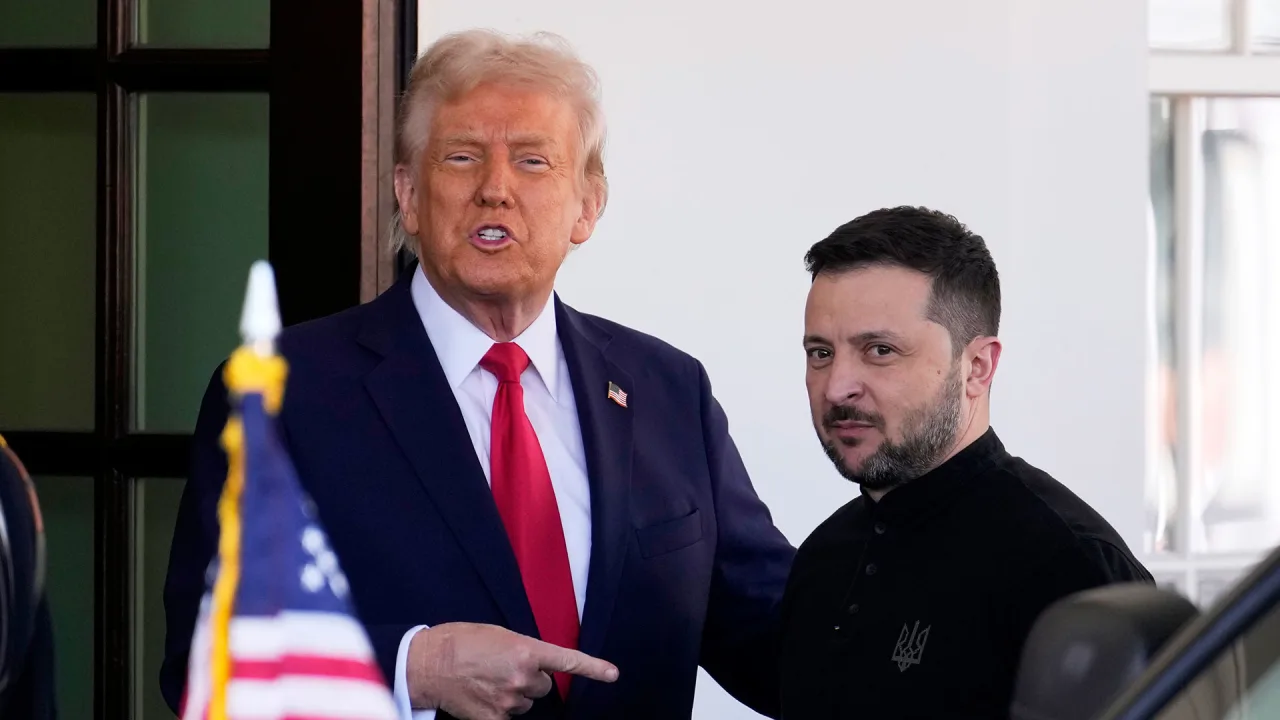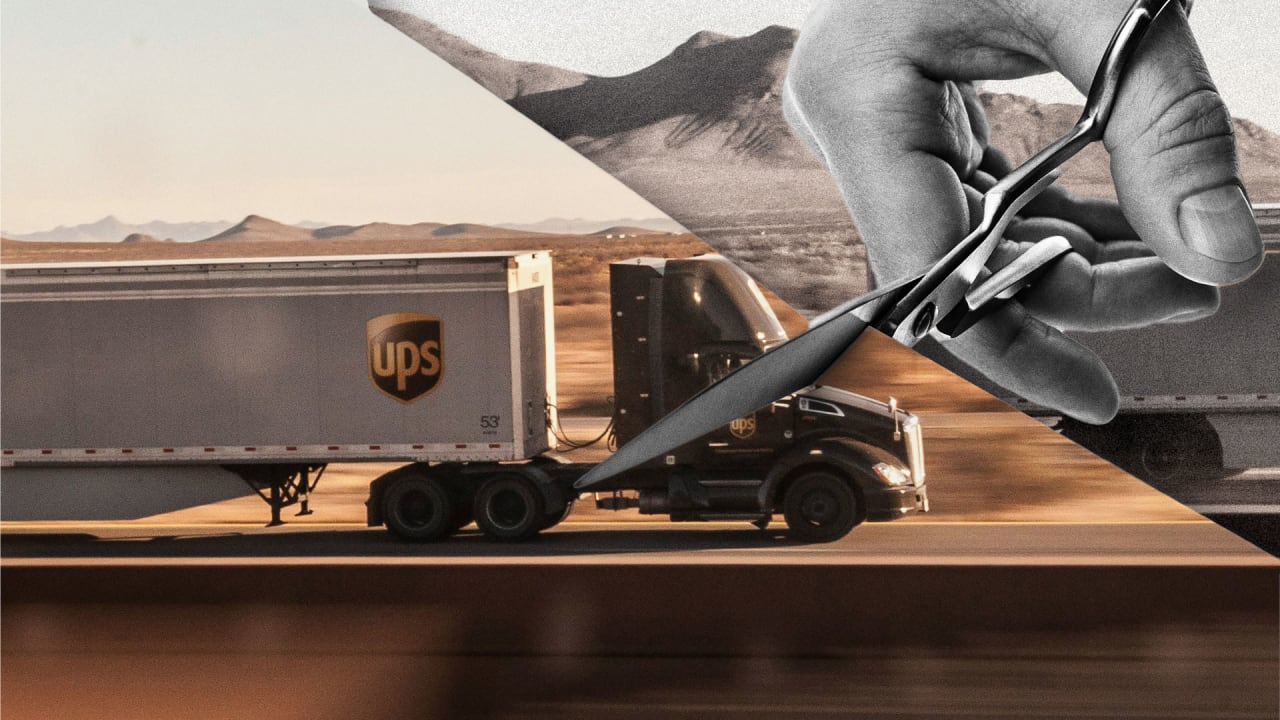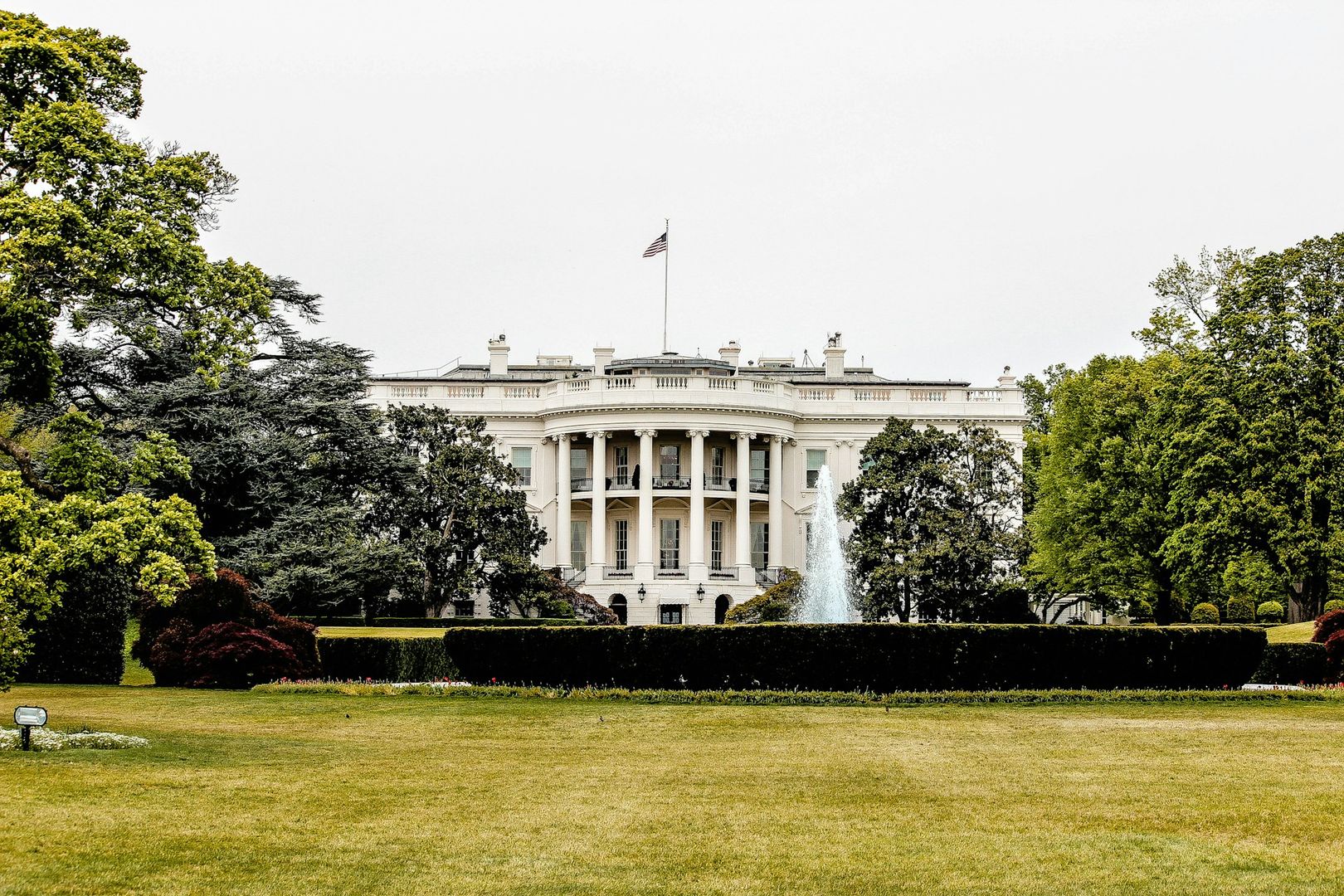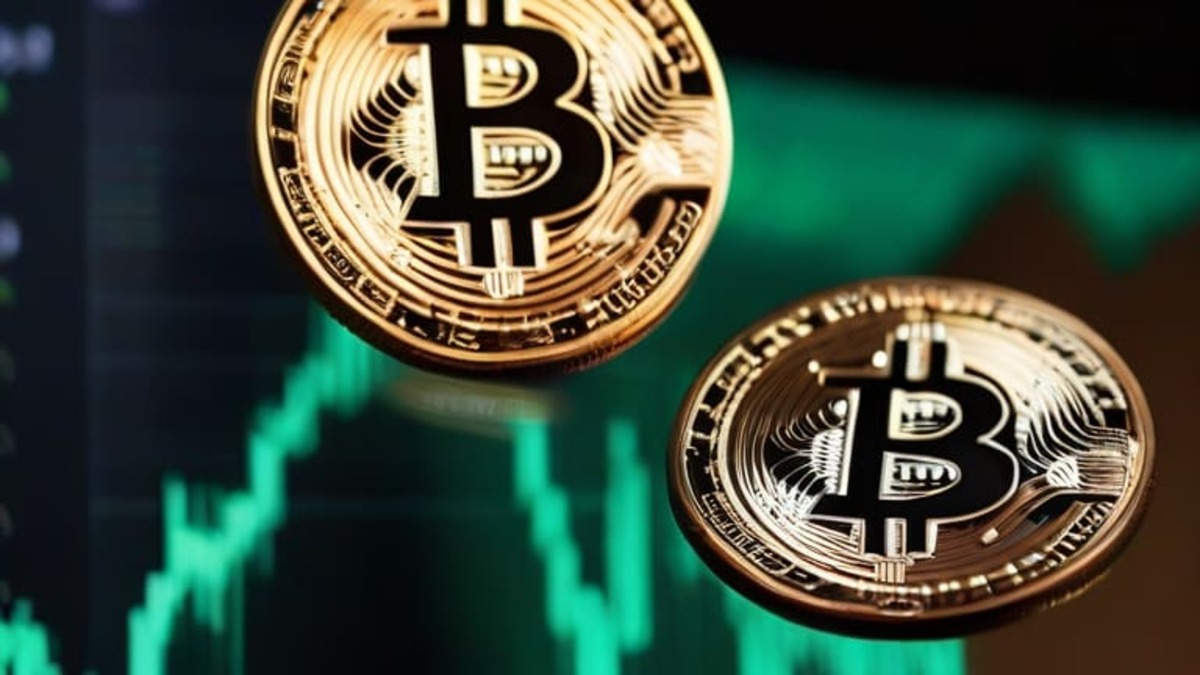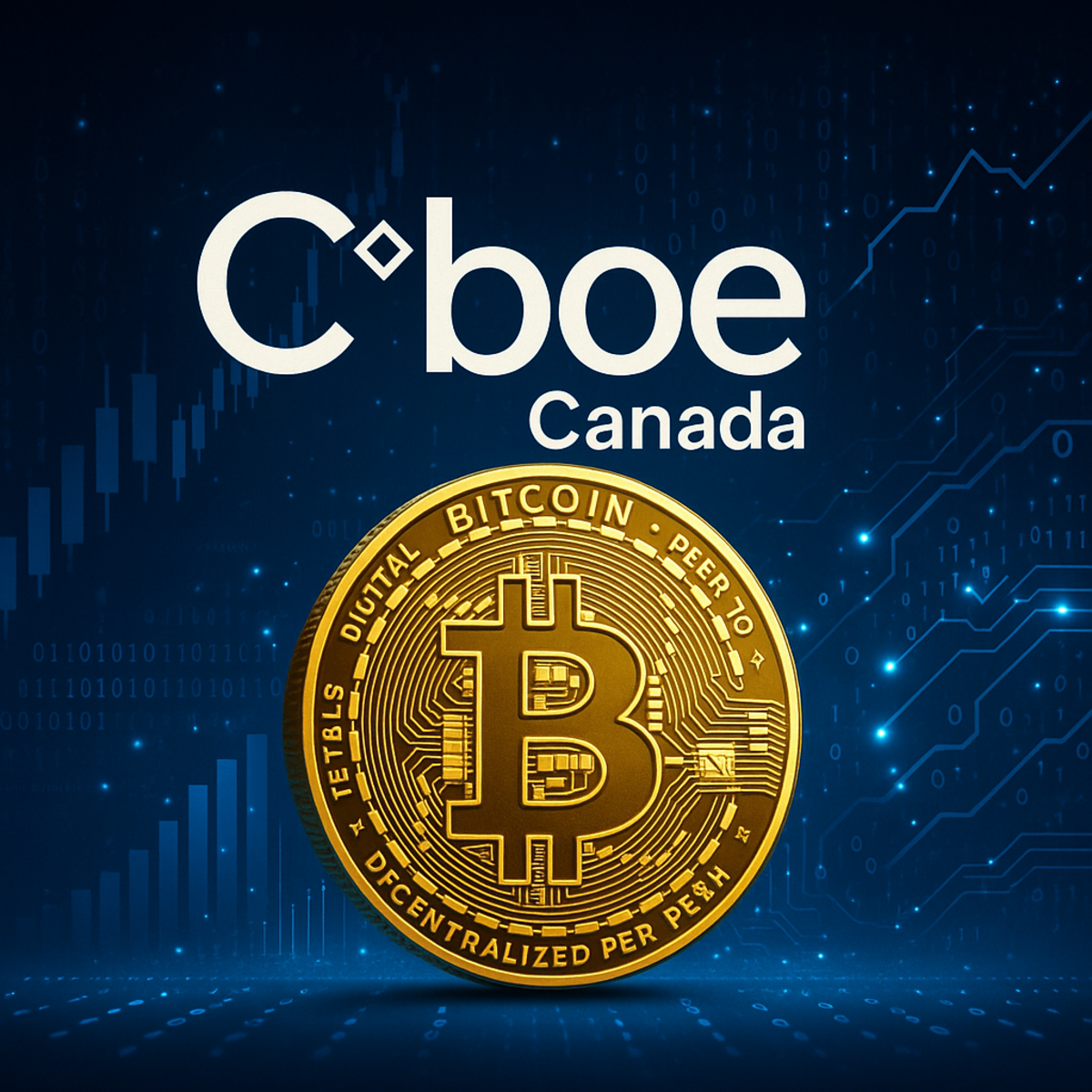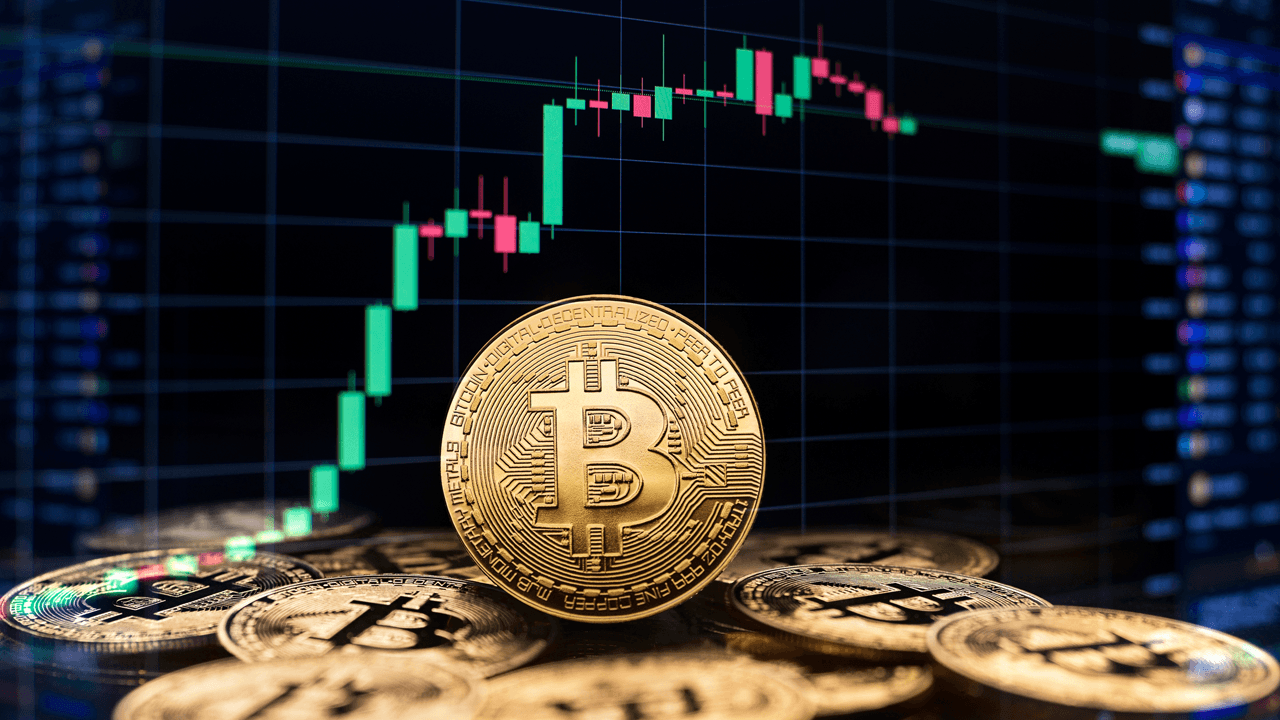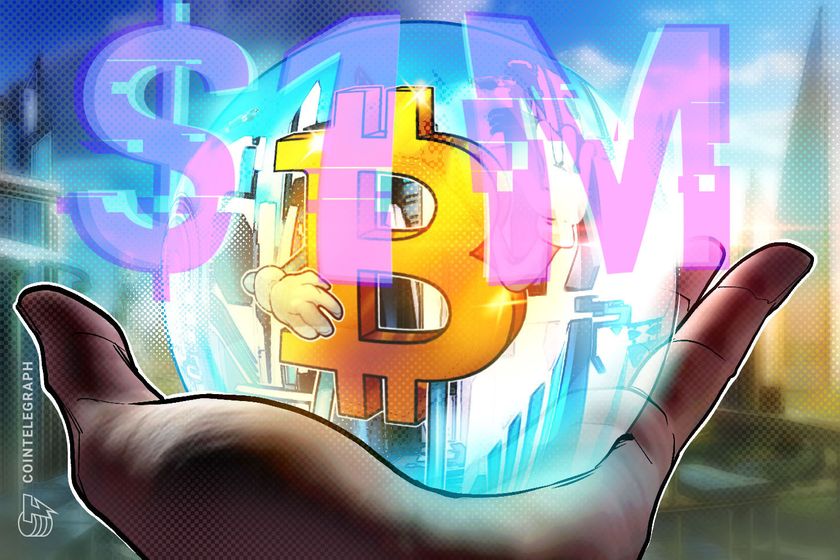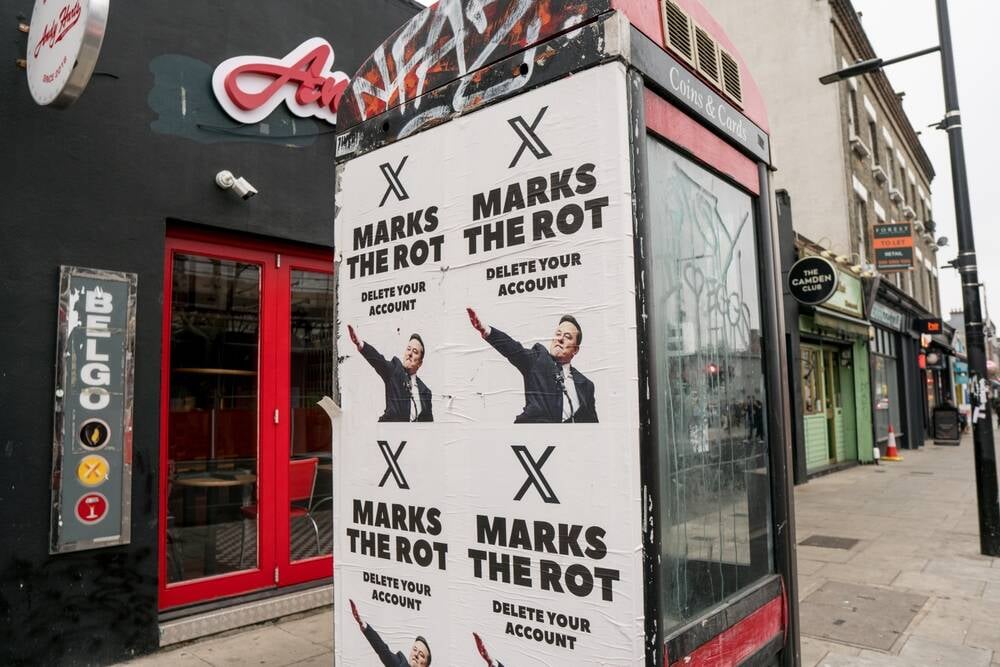Trump’s crypto empire under scrutiny: up to 37% of wealth reportedly tied to digital assets
Trump family reportedly controls 80% of TRUMP coin supply. Trading fees from TRUMP coin hit $100 million in January. WLFI stablecoin and token project faces transparency concerns. A new report from the State Democracy Defenders Fund (SDDF) has brought fresh scrutiny to President Donald Trump’s financial ties to the cryptocurrency market. The nonpartisan watchdog estimates […] The post Trump’s crypto empire under scrutiny: up to 37% of wealth reportedly tied to digital assets appeared first on CoinJournal.

- Trump family reportedly controls 80% of TRUMP coin supply.
- Trading fees from TRUMP coin hit $100 million in January.
- WLFI stablecoin and token project faces transparency concerns.
A new report from the State Democracy Defenders Fund (SDDF) has brought fresh scrutiny to President Donald Trump’s financial ties to the cryptocurrency market.
The nonpartisan watchdog estimates that up to 37% of Trump’s personal wealth may now be linked to digital assets, including controversial tokens such as the TRUMP coin and the World Liberty Financial (WLFI).
The findings raise serious concerns over ethics, financial disclosure gaps, and potential policy conflicts of interest in the current administration.
The report comes at a time when Trump is actively shaping crypto policy from the White House.
His administration’s push for deregulation and pro-blockchain initiatives has raised eyebrows, particularly as some of the same tokens benefiting from the policy shift are those linked to Trump’s private portfolio.
SDDF’s findings call attention to a growing blind spot in how political figures are required—or not required—to disclose digital assets that may influence public decision-making.
Trump coin dominates
At the centre of the report are two digital asset ventures: the TRUMP meme coin and WLFI, which issues both a governance token and a stablecoin called USD1.
According to SDDF, the Trump family is believed to control up to 80% of the total TRUMP coin supply.
In January 2025, trading fees on the token alone reportedly surpassed $100 million, although on-chain analysis has yet to independently verify whether these funds directly benefit the Trump family.
The WLFI ecosystem also comes under sharp focus. The project has gained traction by positioning itself as a pro-freedom financial system, but SDDF flags the lack of transparency around its token allocation and ownership structure.
WLFI’s offerings include a tokenised stablecoin, USD1, which some investors have compared to controversial assets such as TerraUSD due to its centralised management and promotional ties.
Policy overlaps questioned
Since returning to the White House, Trump has pursued several crypto-friendly policies.
These include calls for looser regulatory frameworks, clearer definitions for stablecoins, and protections for decentralised finance platforms.
While such moves have been welcomed by parts of the digital asset industry, the timing and targets of these changes now face scrutiny.
The SDDF report raises concerns that the administration’s policy stance may be unduly influenced by Trump’s private interests.
In particular, critics have noted that the regulatory efforts appear to benefit memecoins and stablecoin projects similar to those in which Trump is reportedly invested.
Trump has also publicly promoted the idea of a “crypto-first” financial future, including through campaign messaging and appearances at blockchain conferences.
While these endorsements have helped pump token prices in some cases, watchdogs warn that the absence of proper conflict-of-interest laws could leave investors and citizens exposed to undisclosed risks.
Transparency calls rise
The revelations from SDDF have reignited calls for stronger financial transparency laws in the US.
Currently, public officials are not required to disclose cryptocurrency holdings unless converted into fiat currency or generating standardised income.
This regulatory loophole has allowed political figures, including Trump, to operate digital asset portfolios without formal oversight.
Ethics watchdogs argue that Trump’s case demonstrates the urgent need to modernise financial disclosure requirements.
In particular, they recommend the introduction of legislation mandating the reporting of crypto wallet addresses, token holdings, and any involvement in DeFi governance.
While Trump’s supporters claim that the president’s embrace of crypto is a forward-looking move to boost innovation and financial inclusion, the SDDF’s findings suggest a more complicated picture.
With major projects like WLFI still lacking independent audits or public transparency on token allocations, the debate over ethics and financial governance in politics is likely to intensify in the months ahead.
The post Trump’s crypto empire under scrutiny: up to 37% of wealth reportedly tied to digital assets appeared first on CoinJournal.






